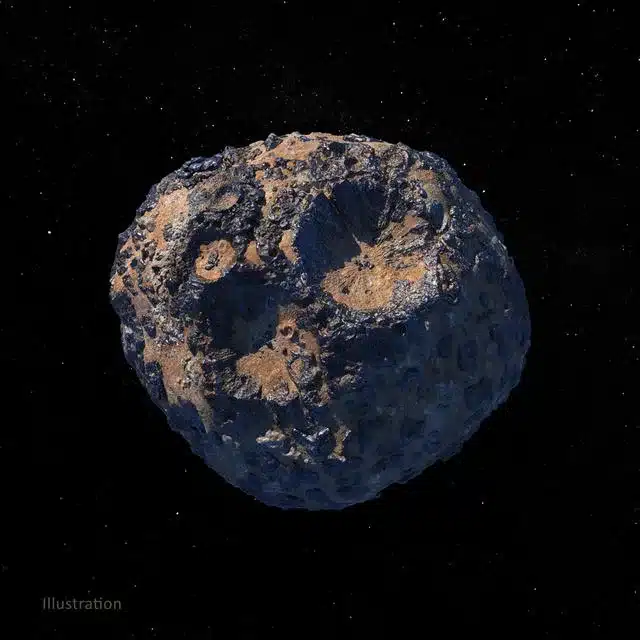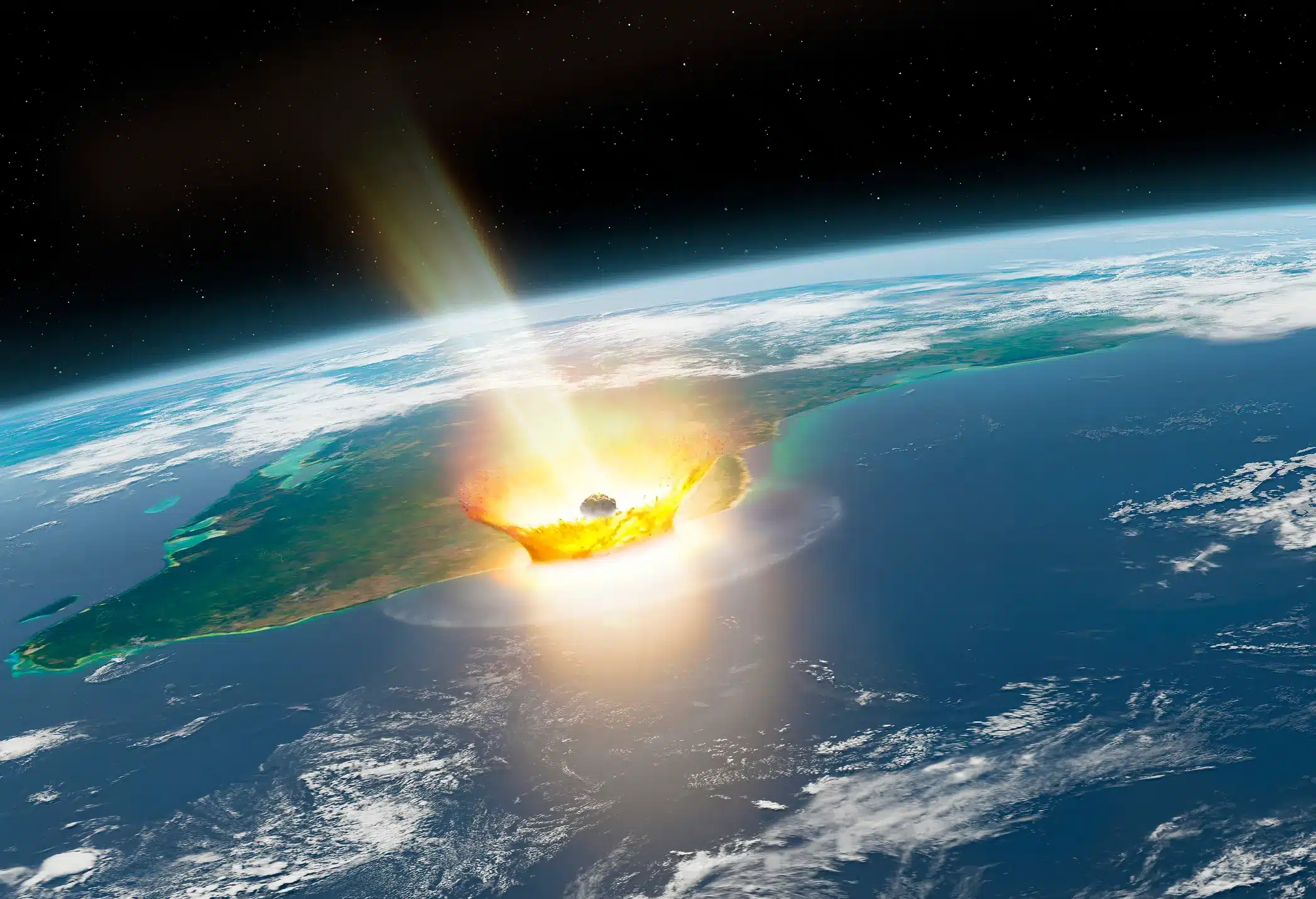
In December 2024, astronomers identified a new near-Earth object, designated 2024 YR4. This asteroid, measuring between 130 and 300 feet in diameter, has since been the subject of extensive observation due to its potential collision course with Earth on December 22, 2032.
The fluctuating probabilities of impact have sparked both public interest and scientific scrutiny.
Initial Discovery and Rising Concerns

Upon its discovery, 2024 YR4 was noted for its proximity to Earth’s orbit. Initial calculations suggested a 1% chance of impact in 2032. This probability increased to 3.1% by February 18, 2025, marking the highest impact probability ever recorded for an asteroid of this size. Such a significant likelihood elevated the asteroid to a Level 3 classification on the Torino Impact Hazard Scale, indicating a close encounter with potential localized destruction.
Understanding the Torino Impact Hazard Scale
The Torino Scale is a tool used by astronomers to communicate the risk associated with near-Earth objects. Ranging from 0 (no risk) to 10 (certain global catastrophe), the scale considers both the probability of impact and the potential damage. A Level 3 rating suggests a situation meriting attention from astronomers and the public due to a close encounter with a 1% or greater chance of collision capable of localized destruction.
Revised Probabilities and Current Assessment

Continuous observations have allowed scientists to refine their understanding of 2024 YR4’s trajectory. By February 20, 2025, the impact probability decreased to 0.28%, or approximately 1 in 360. This reduction was due to improved data on the asteroid’s orbit, leading to a downgrade to Level 1 on the Torino Scale, indicating a normal level of risk with no immediate cause for public concern.
Potential Impact Scenarios
Should 2024 YR4 collide with Earth, its size suggests it could cause significant localized damage, comparable to the Tunguska event of 1908, where an asteroid or comet exploded over Siberia, flattening approximately 800 square miles of forest. However, with the current low probability of impact, such a scenario remains unlikely.
Scientific Efforts and Public Communication
The evolving assessments of 2024 YR4’s impact probability highlight the dynamic nature of asteroid tracking. As more data becomes available, scientists can make more accurate predictions, which can lead to changes in risk assessment. This process underscores the importance of continuous monitoring and transparent communication between the scientific community and the public to manage concerns and provide accurate information.
While initial reports about asteroid 2024 YR4 suggested a notable risk of impact in 2032, subsequent observations have significantly reduced this probability. The situation exemplifies the effectiveness of current planetary defense measures and the importance of ongoing vigilance in monitoring near-Earth objects. As of now, there is no immediate cause for alarm regarding 2024 YR4, but it remains a subject of interest for astronomers and the public alike.
- FDA Recalls Frozen Shakes After Deadly Listeria Outbreak Linked to 11 Deaths - February 23, 2025
- Will Asteroid 2024 YR4 Hit Earth in 2032? Here’s the Latest Update - February 23, 2025
- Maserati Recalls Over 27,000 Vehicles in the US for Rearview Camera Issue - February 23, 2025














